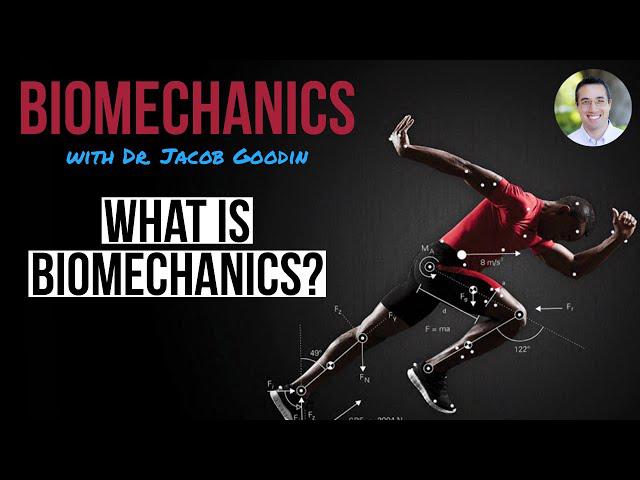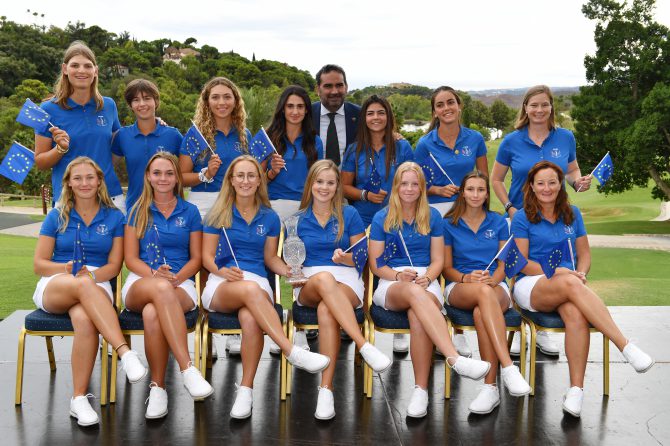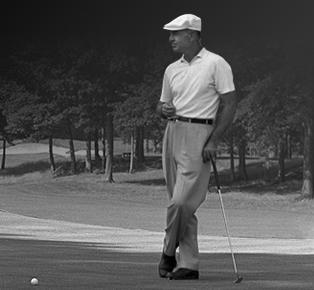The pursuit of excellence in athletic performance demands a comprehensive and systematic approach to assessment and optimization. Within the realm of golf, elite athletes confront the multifaceted challenges of a sport that necessitates precise execution, unwavering mental fortitude, and meticulous attention to biomechanics. This article presents a scientific inquiry into the performance assessment and optimization strategies employed by elite golfers. Drawing upon empirical evidence and cutting-edge research, we elucidate the key factors that contribute to success on the green. Our analysis delves into the physical, cognitive, and technical dimensions of golf performance, offering insights into the training and rehabilitation methods that empower athletes to reach their full potential.
Assessing Physiological and Biomechanical Factors for Optimal Performance
Assessing Physiological and Biomechanical Factors
Optimal golf performance requires an intricate interplay of physiological and biomechanical factors. Physiological assessments evaluate cardiovascular fitness, muscle strength and endurance, flexibility, and balance. These assessments provide insights into an athlete’s capacity for sustained activity, power generation, and range of motion.
Biomechanical assessments, on the other hand, analyze body mechanics in the golf swing. High-speed cameras, motion capture systems, and force plates capture detailed data on joint angles, muscle activation patterns, and ground reaction forces. By identifying areas of improvement in body position, sequencing, and force production, biomechanical assessments guide tailored training plans.
Combining physiological and biomechanical data provides a comprehensive understanding of an athlete’s performance. This holistic approach enables coaches to develop targeted interventions that address both physical and technical limitations. By optimizing both physiological and biomechanical aspects, elite golfers can unlock their full potential and achieve peak performance on the course.
| Physiological Assessment | Biomechanical Assessment |
|—|—|
| Cardiovascular fitness | Joint angles |
| Muscle strength and endurance | Muscle activation patterns |
| Flexibility | Ground reaction forces |
| Balance | Swing sequencing |
Enhancing Swing Mechanics and Consistency through Technology and Data Analysis
Swing mechanics and consistency are critical components of effective golf performance. Advanced technologies and extensive data analysis play a vital role in evaluating and improving swing characteristics for elite athletes. Integrated motion capture systems, in conjunction with 3D biomechanical modeling, provide a comprehensive analysis of swing kinematics, kinetics, and muscle activation patterns. This detailed data allows coaches and athletes to identify areas of improvement, develop personalized training programs, and tailor practice routines to optimize performance.
For instance, a study conducted on elite golfers utilized a motion capture system to assess swing kinematics. The data revealed a significant correlation between increased clubhead speed and a more aggressive transition from the backswing to downswing. Furthermore, analysis of ground reaction forces identified a pronounced rearward force during the follow-through, suggesting an inefficient energy transfer from the legs to the clubhead. Based on these findings, the athlete implemented specific drills and adjustments to their swing sequence, resulting in improved ball speed and distance control.
| Key Technologies for Swing Mechanics Analysis | |
|---|---|
| Motion Capture Systems | |
| Biomechanical Modeling | |
| Wearable Motion Sensors | |
| Video Analysis |
Optimizing Physical Conditioning and Recovery Strategies
To optimize performance, elite golfers require a comprehensive understanding of their physical capabilities and optimal recovery methods.
Physical Conditioning:
- Strength and power: Emphasize exercises to improve swing power and stability (e.g., squats, deadlifts).
- Speed and agility: Incorporate drills that enhance quickness and movement efficiency (e.g., lateral shuffles, resisted sprints).
- Endurance: Engage in cardiovascular activities (e.g., running, cycling) to improve stamina and support prolonged play.
Recovery Strategies:
- Hydration: Encourage regular fluid intake, particularly sports drinks or water, to replenish fluids lost through exercise.
- Nutrition: Provide personalized nutrition plans that meet individual caloric needs and enhance muscle recovery (e.g., lean protein, complex carbohydrates).
- Sleep: Optimize sleep quality and duration for physical and mental restoration (aim for 7-9 hours per night).
Sports Psychology Interventions for Mental Resilience and Enhanced Focus
Cognitive-behavioral therapy (CBT) and mindfulness-based interventions (MBIs) are commonly employed to cultivate mental resilience and laser-like focus in elite athletes. CBT helps individuals identify and challenge negative thoughts and behaviors that undermine performance, replacing them with more adaptive and empowering beliefs and actions. MBIs, on the other hand, promote present-moment awareness and acceptance, assisting athletes in managing distractions, staying calm under pressure, and enhancing their concentration.
Additional interventions aimed at boosting mental resilience include visualization techniques and positive self-talk. Visualization entails creating vivid mental images of successful performances, which can help build confidence, reduce anxiety, and improve strategic decision-making. Positive self-talk involves replacing negative or self-critical thoughts with positive and empowering affirmations, promoting a sense of self-belief and reducing self-doubt.
The integration of neurofeedback into sports psychology also has the potential to enhance focus and resilience. This approach involves using brain-imaging technology to provide real-time feedback on brain activity, allowing athletes to better regulate their attention, emotions, and responses to stressful situations. By actively training specific brainwave patterns and neural pathways, athletes can develop greater cognitive flexibility, emotional regulation, and the ability to perform optimally under challenging circumstances.
Personalizing Training Regimens for Individual Athlete Profiles
To optimize performance and prevent injuries, it’s crucial to tailor training regimens to each athlete’s unique profile. This involves assessing individual factors such as:
- Physical Characteristics: Height, weight, muscle composition, flexibility, strength, and endurance capabilities
- Biomechanical Factors: Movement patterns, joint range of motion, and running mechanics
- Psychological Factors: Motivation, self-confidence, and stress levels
Understanding these variables allows coaches and athletes to develop personalized training plans that address individual strengths and weaknesses. For instance, a taller player may require more flexibility and core strength training to optimize swing mechanics, while a shorter player may benefit from additional power and speed drills.
Individualized regimens also consider fitness levels and training history. Athletes with a strong aerobic base may tolerate higher training loads, while those lacking a fitness foundation may need a more gradual approach to avoid overtraining. Moreover, adjusting training plans based on individual responses to previous workouts ensures optimal progress and injury prevention. This involves monitoring performance metrics, such as swing speed, accuracy, and distance, to identify areas for improvement and adjust training regimens accordingly.
Conclusion
this article has provided a comprehensive overview of golf game performance assessment and optimization for elite athletes. Through the integration of advanced technologies and data analytics, coaches and athletes can gain valuable insights into physiological, biomechanical, and cognitive aspects of golf performance. This knowledge enables the development of tailored interventions to improve swing mechanics, optimize physical conditioning, and enhance mental focus.
By leveraging these assessment and optimization strategies, elite golfers can identify and address areas for improvement, maximize their potential, and achieve sustained success in competitive golf. Continued advancements in technology and research will further refine our understanding of golf game performance and drive the development of innovative training protocols that empower athletes to perform at their peak.





